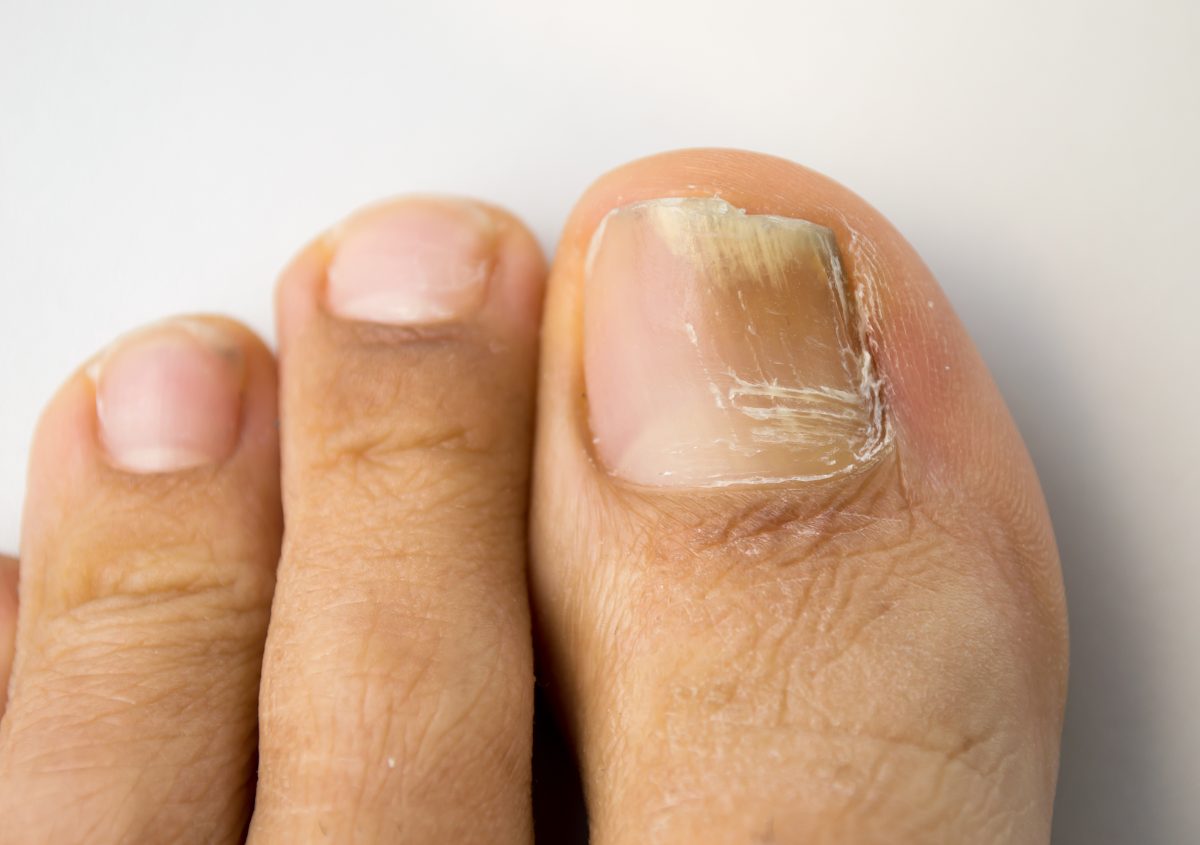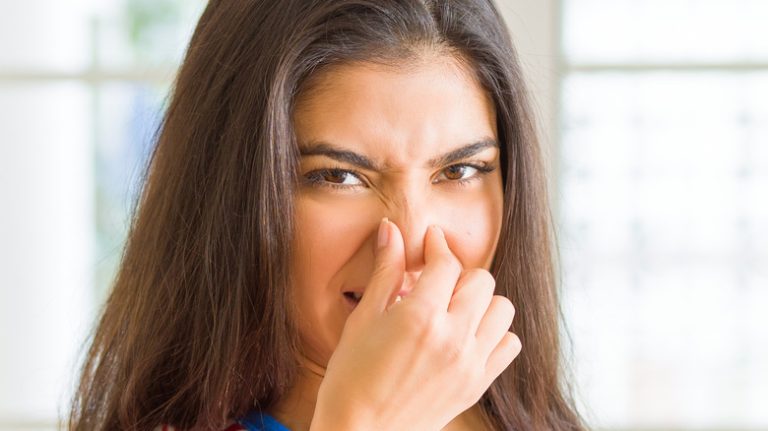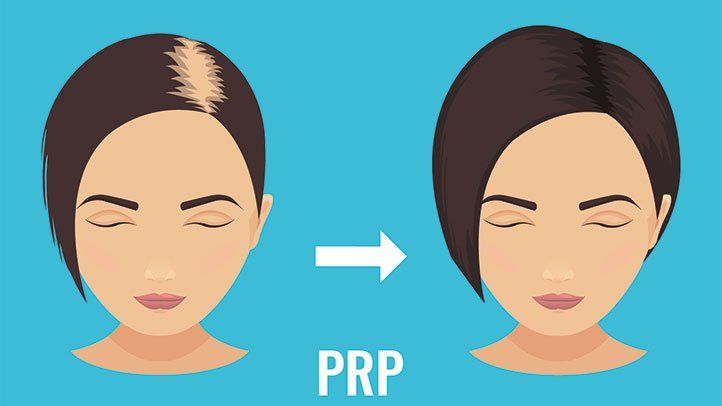Banish Nail Fungus for Good: Effective Ways to Get Rid of Nail Fungus

Are you tired of dealing with nail fungus and looking for effective ways to get rid of it for good? Nail fungus, also known as onychomycosis, is a common condition that can affect both the toenails and fingernails. Understanding the causes and symptoms of nail fungus is crucial in finding the right treatment. From home remedies to medical treatments, there are various options available to banish nail fungus. In this comprehensive guide, we will explore the most effective methods to eliminate nail fungus and prevent its recurrence, so you can maintain healthy and beautiful nails.
Understanding Nail Fungus
Nail fungus, also known as onychomycosis, is a common condition that affects the toenails and, less frequently, the fingernails. It is caused by an overgrowth of fungi, typically dermatophytes, molds, or yeast. These fungi thrive in warm, moist environments, making the feet a prime location for infection. Here are some key points to help you understand nail fungus:
-
Fungal Infection: Nail fungus begins as a small white or yellow spot under the tip of the nail and can quickly spread, causing discoloration, thickening, and crumbling of the nail.
-
Risk Factors: Factors such as wearing tight shoes, walking barefoot in damp public areas like swimming pools and showers, and having a weakened immune system can increase the risk of developing nail fungus.
-
Contagious Nature: Nail fungus is contagious and can spread from person to person or from one nail to another.
-
Chronic Condition: If left untreated, nail fungus can become a persistent and unsightly problem.
Understanding the nature of nail fungus is crucial in effectively addressing and preventing it. Now, let’s delve into the common causes of nail fungus and how to recognize its symptoms.
Common Causes of Nail Fungus
Nail fungus, also known as onychomycosis, can be caused by various factors. Understanding the common causes can help in preventing and treating the condition effectively. Here are the primary causes to be aware of:
- Fungal Infection: The most common cause is the overgrowth of fungi, such as dermatophytes, under the nails. These fungi thrive in warm and moist environments, making nails susceptible to infection.
- Poor Foot Hygiene: Not maintaining proper foot hygiene, such as keeping the feet sweaty or damp for extended periods, can create an environment conducive to fungal growth and nail infection.
- Trauma to the Nail: Injuries to the nail or surrounding skin, such as a crack or a wound, can make the nails more vulnerable to fungal infections.
- Weakened Immune System: Individuals with weakened immune systems are at a higher risk of developing nail fungus as their bodies may be less effective in fighting off fungal infections.
- Age and Health Conditions: Aging and certain health conditions like diabetes can lead to reduced blood circulation and weakened nails, making them more prone to fungal infections.
By understanding these common causes, individuals can take proactive steps to minimize their risk of developing nail fungus and effectively get rid of nail fungus.
Recognizing the Symptoms of Nail Fungus
When it comes to addressing nail fungus, early identification is crucial. Here are some key symptoms that can help in recognizing nail fungus:
- Thickened Nails: An early sign of nail fungus is the thickening of the nails. When you notice your nails becoming thicker than usual, it could indicate the presence of nail fungus.
- Discoloration: Nails affected by fungus often show signs of discoloration. They may turn yellow, brown, or even white. Keep an eye out for any unusual color changes in your nails.
- Brittleness: Fungus-infected nails tend to become brittle and may crumble or split easily. If you experience a change in the texture of your nails, it could be a symptom of nail fungus.
- Distorted Shape: Another symptom to watch out for is the distortion in the shape of the nails. Fungus can cause nails to become misshapen or even develop a distorted appearance.
By being aware of these symptoms, you can take timely action to get rid of nail fungus and prevent it from worsening. If you notice these signs, it’s advisable to explore suitable treatment options to address the issue effectively.
Effective Home Remedies for Nail Fungus
When it comes to dealing with nail fungus, there are several effective home remedies that can help you get rid of nail fungus without needing a prescription. Here are some tried and tested methods to consider:
-
Tea Tree Oil: Known for its antifungal properties, tea tree oil can be applied directly to the affected nails to help eliminate the fungus. Its natural antibacterial and antiseptic properties make it a popular choice for treating nail fungus.
-
Apple Cider Vinegar Soak: Soaking your feet in a solution of apple cider vinegar and water can create an acidic environment in which the fungus cannot thrive. This can help alleviate the symptoms and aid in eliminating the fungus over time.
-
Coconut Oil Application: The fatty acids present in coconut oil have antifungal and moisturizing properties. Applying coconut oil to the affected nails can help in reducing the fungus and improving the overall health of the nails.
-
Garlic Treatment: Garlic is known for its antimicrobial and antifungal properties. Crushing a few garlic cloves and applying the paste to the affected nails can help in addressing the fungal infection.
It’s important to note that while these home remedies can be effective, they may take time to show results. For persistent or severe cases, it’s advisable to consult a healthcare professional for further medical treatment options. Remember, consistency is key when using home remedies to get rid of nail fungus.
Medical Treatments for Nail Fungus
When home remedies don’t do the trick, medical treatments can offer effective solutions to get rid of nail fungus. Here are some popular options to consider:
-
Prescription Antifungal Medications:
- Oral antifungal drugs like terbinafine and itraconazole are often prescribed for severe nail fungus. These medications help a new nail grow free of infection, gradually replacing the infected portion.
-
Medicated Nail Polish:
- Your doctor may prescribe an antifungal nail polish containing ingredients like ciclopirox. This nail polish is applied to the infected nails and surrounding skin once a day.
-
Medicated Nail Creams and Ointments:
- Over-the-counter and prescription-strength antifungal creams and ointments can be applied to the infected nails. These topical treatments help to kill the fungus and promote new nail growth.
-
Laser Treatment:
- Laser therapy is a non-invasive treatment that targets the fungus in the nail bed without affecting the surrounding tissue. This treatment is known for its high success rate in eliminating nail fungus.
-
Surgical Nail Removal:
- In severe cases, where the infection is painful and affects the ability to walk, nail removal may be necessary to eliminate the infected nail and allow a healthy new nail to grow.
Medical treatments offer effective ways to combat stubborn nail fungus. Consult with a healthcare professional to determine the most suitable treatment option for your specific condition.
Preventing Nail Fungus Recurrence
To prevent nail fungus from making a comeback, it’s essential to follow some preventive measures. Here are some effective tips to keep your nails fungus-free:
- Keep Your Feet Dry: Moist environments provide the perfect breeding ground for nail fungus. Ensure your feet are thoroughly dried after bathing or swimming. Socks and shoes should also be moisture-wicking.
- Choose the Right Footwear: Opt for breathable shoes that allow air circulation, reducing the risk of fungal growth. Additionally, rotate your shoes to allow them to fully dry out between uses.
- Practice Good Foot Hygiene: Regularly wash your feet with soap and water, ensuring to dry them completely, especially between the toes.
- Avoid Walking Barefoot in Public Areas: Places like swimming pools, public showers, and locker rooms are common areas where nail fungus can be contracted.
- Trim Your Nails Properly: Keep your nails trimmed, dry, and clean. Trim them straight across and file down any rough edges.
- Use Antifungal Sprays or Powders: Applying antifungal products to your feet and shoes can help prevent the recurrence of nail fungus.
By incorporating these preventive measures into your daily routine, you can significantly reduce the risk of experiencing nail fungus again.
Remember, consistency is key when it comes to preventing nail fungus from recurring.
Maintaining Healthy Nails
Maintaining healthy nails is crucial to prevent the recurrence of nail fungus. By following these simple tips, you can ensure that your nails stay strong and fungus-free:
Proper Hygiene
- Keep your nails clean and dry to prevent fungal growth.
- Use an antifungal powder or spray in your shoes to reduce the risk of reinfection.
Trimming and Filing
- Regularly trim your nails and file them to keep them short and neat.
- Avoid sharing nail clippers and files to lower the chances of spreading fungus.
Healthy Lifestyle Habits
- Eat a balanced diet rich in nutrients to promote nail health.
- Avoid smoking and limit alcohol consumption, as these can weaken the nails.
Choose Breathable Footwear
- Opt for breathable footwear made from natural materials to reduce moisture and minimize the risk of fungal infections.
By implementing these healthy nail maintenance practices, you can significantly reduce the likelihood of experiencing nail fungus. Remember, prevention is key in ensuring that your nails remain strong and free from infections like nail fungus.





